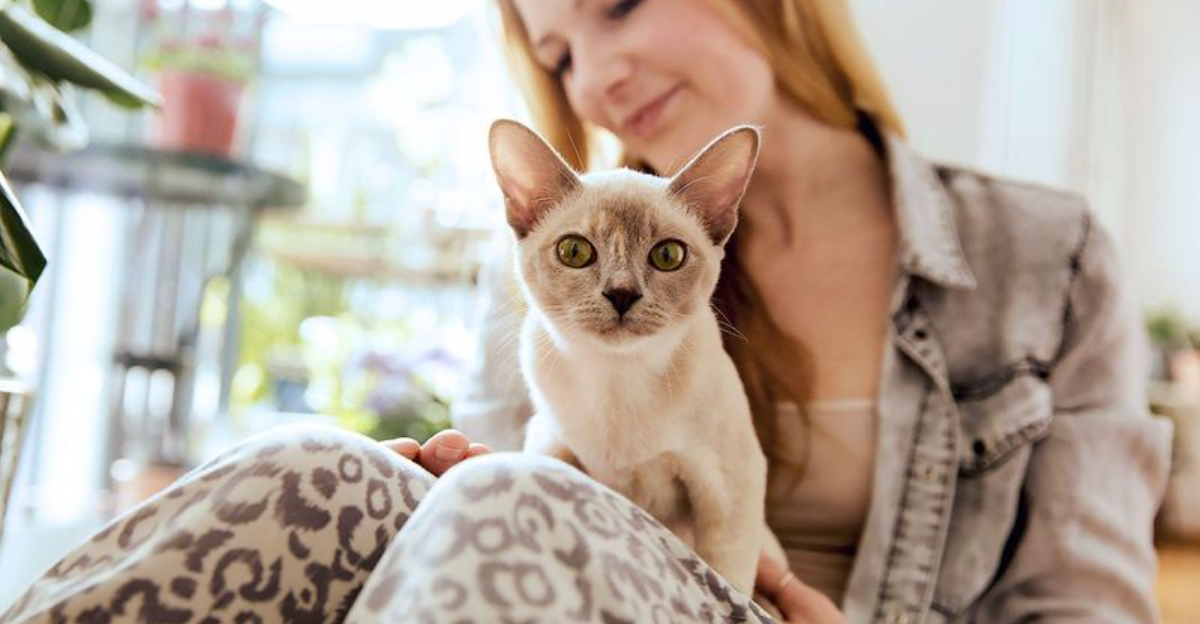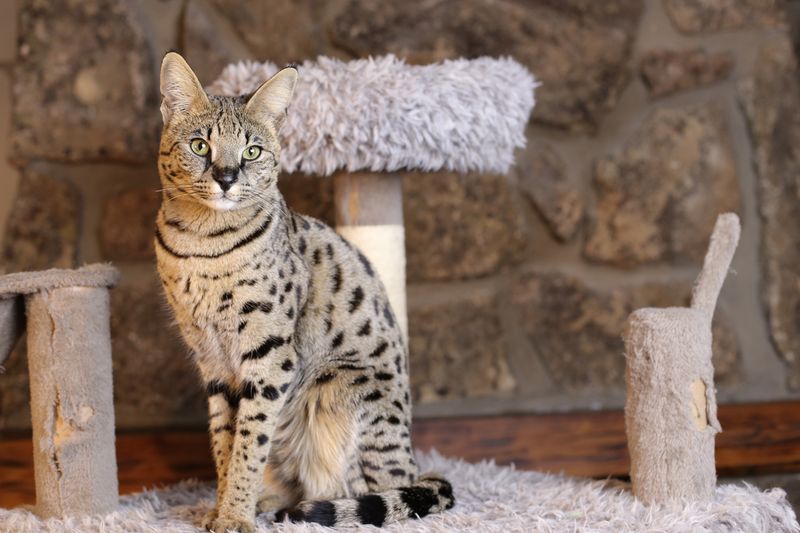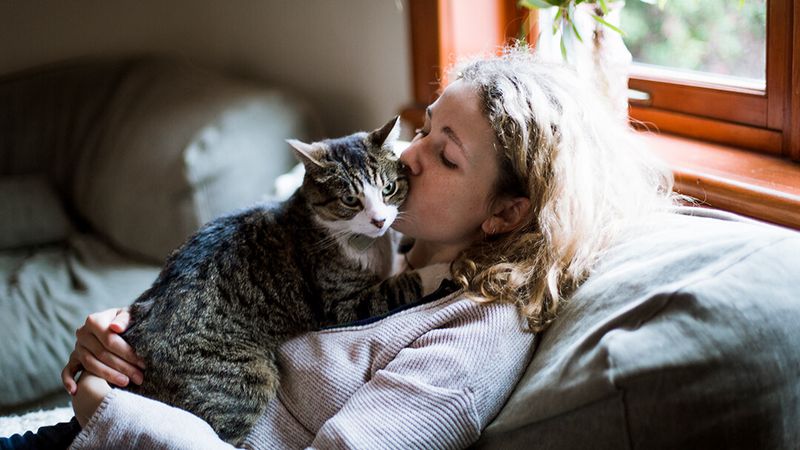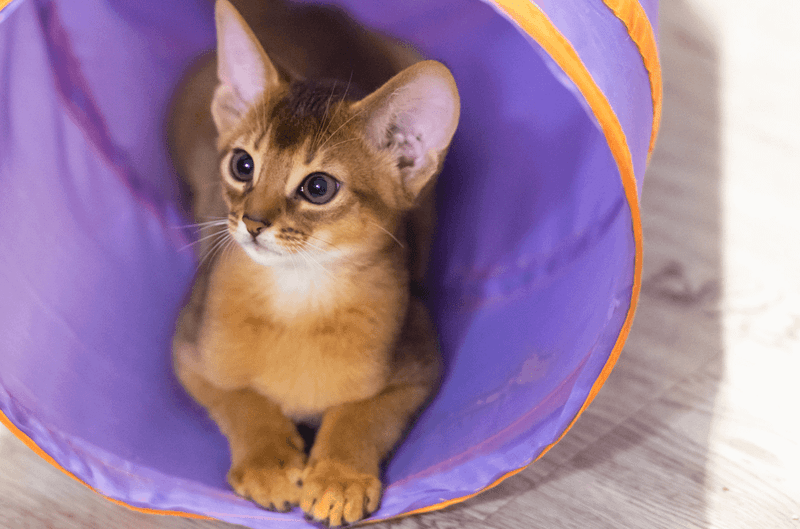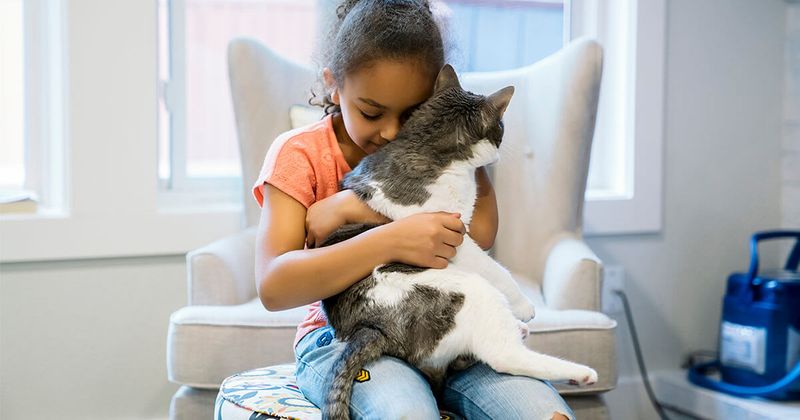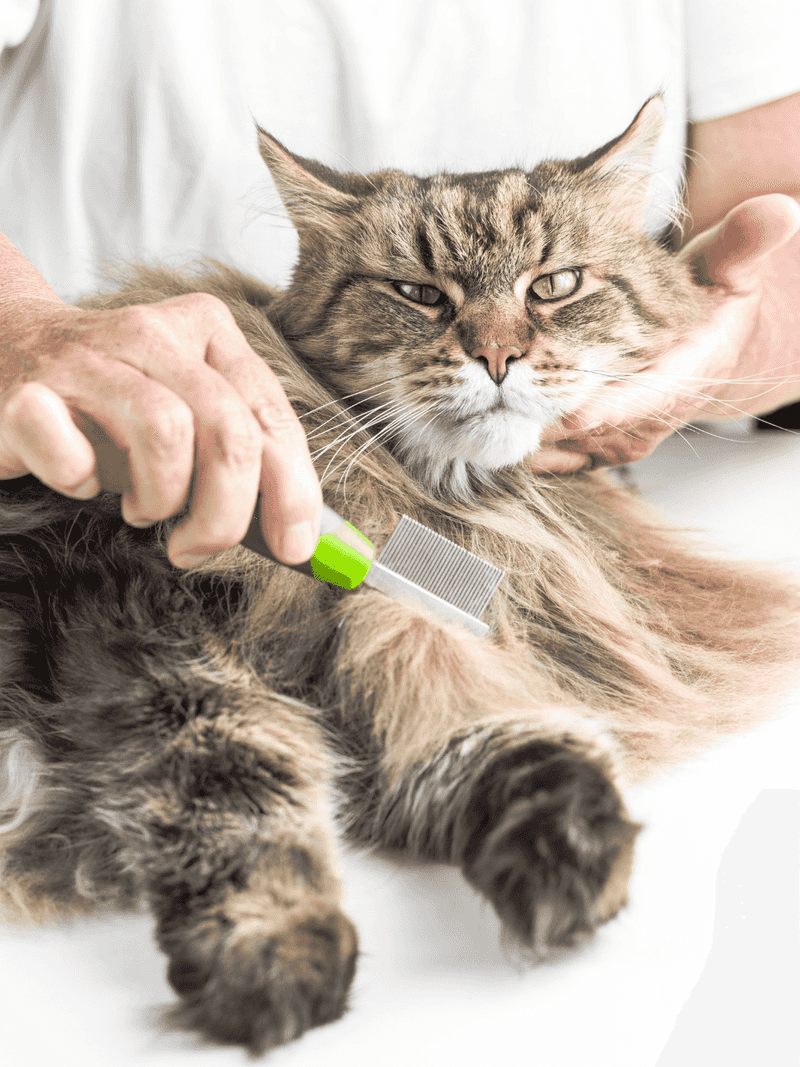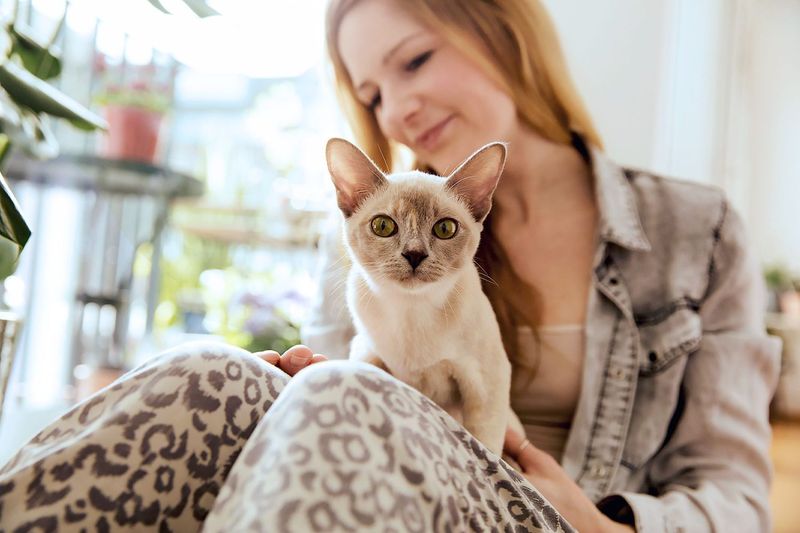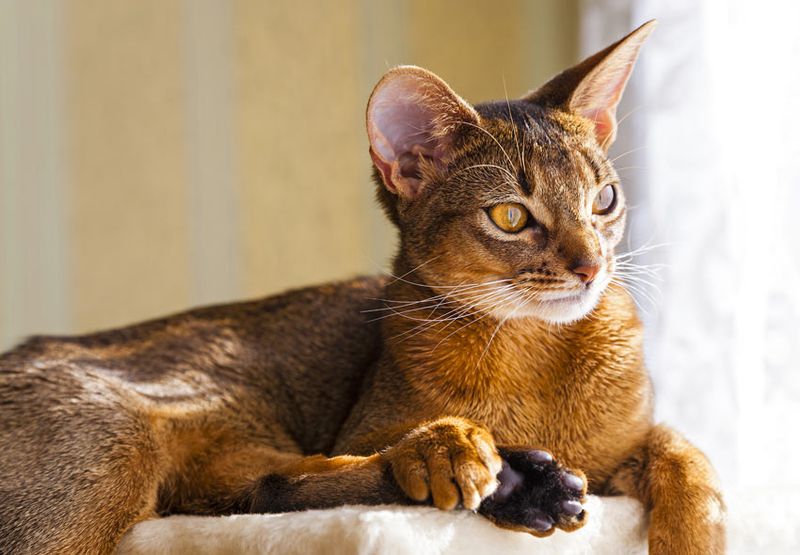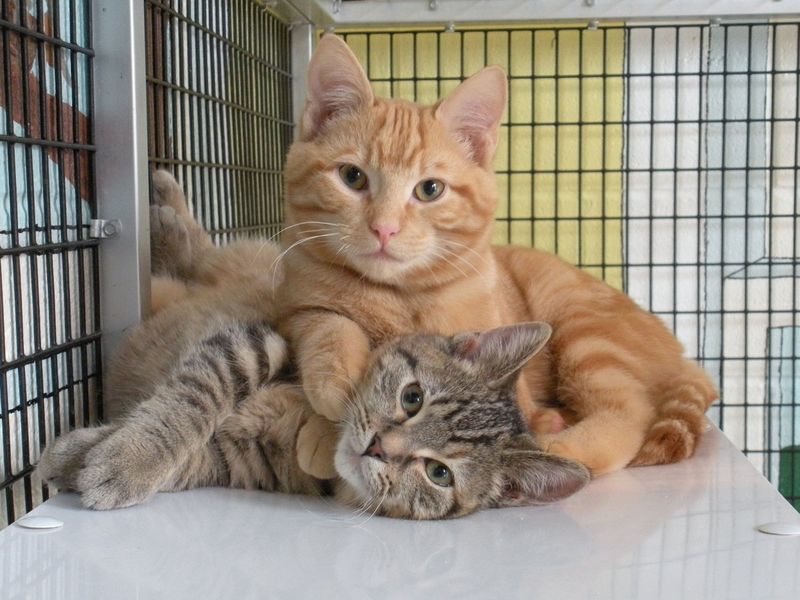📖 Table of Content:
Bringing a cat into a lively, high-energy home can be a rewarding experience, but it also comes with its unique set of challenges. Not every cat breed is built to thrive amid constant activity, buzzing conversations, and a fast-paced lifestyle. To ensure a happy and harmonious household, it’s essential to choose a feline companion whose temperament matches the vibrant energy around them.
Different cat breeds have different needs, from high levels of interaction to varying tolerances for noise and movement. Some cats crave the excitement of a bustling home, while others might prefer a quieter corner to retreat to. Understanding these traits before adoption will help you find a pet that not only fits in but flourishes within your dynamic environment.
In this guide, we’ll dive into eight essential tips to help you find the perfect match. Whether you’re looking for a playful, affectionate, or noise-tolerant companion, these insights will steer you in the right direction. Let’s explore what factors truly matter when selecting a cat for your lively household.
1. Consider Energy Levels
Matching a cat’s energy to your home’s pace is critical. Some breeds, like Bengals and Abyssinians, are naturally athletic and require daily play and exercise. Without enough stimulation, these cats might develop behavioral issues out of boredom. A high-energy home is ideal because it provides them with the interaction and movement they crave. Before choosing, research how much activity different breeds typically need. Living with an energetic cat can be a joyful experience if you’re prepared to engage with them regularly. Make sure your lifestyle can accommodate these furry dynamos.
2. Look for Social Personalities
Finding a cat that loves social interaction makes all the difference in a lively home. Certain breeds, like Ragdolls and Maine Coons, are renowned for their outgoing nature. They are often happy to mingle with guests, follow family members around, and participate in household activities. A shy or reserved cat may feel stressed with constant visitors and noise. Always prioritize breeds that are known to seek out and enjoy human companionship. A social cat will thrive on attention and bring positive energy to a bustling environment. They often become the heart of a busy home.
3. Evaluate Playfulness
Playfulness isn’t just cute — it’s a survival skill in a high-energy household. Cats like Devon Rexes and Oriental Shorthairs are endlessly curious and playful, adapting beautifully to homes full of stimulation. These cats will invent games, explore every corner, and entertain themselves and everyone around them. Without an outlet for their curiosity, however, they can get into trouble or become destructive. Having lots of toys, climbing structures, and interactive games is a must for these spirited breeds. Playfulness ensures your cat sees your active lifestyle as an opportunity, not a threat. These lively felines truly turn a busy house into a playground.
4. Think About Noise Tolerance
Living in a noisy home demands a cat with solid nerves and a laid-back attitude. Burmese and American Shorthair cats are excellent choices because they handle sounds and movement with remarkable calmness. A cat that startles easily might develop anxiety or behavioral problems if subjected to constant noise. Early socialization also plays a role, but breed predisposition is key. Observe the cat’s reactions to sudden sounds if possible before adopting. Choosing a cat comfortable with noise ensures smoother integration into a bustling environment. Peace of mind for both cat and human is priceless.
5. Check Grooming Needs
Managing grooming responsibilities is important when your household already has a lot going on. Breeds like Exotic Shorthairs require minimal grooming, saving time without sacrificing companionship. Long-haired breeds, though beautiful, may not suit a family with a packed schedule. A cat whose coat demands less upkeep will be happier and healthier if you can consistently meet their grooming needs. Consider lifestyle factors like travel, work hours, and children’s activities before selecting a cat. Grooming isn’t just about looks — it’s about comfort and health, too. A low-maintenance coat fits better with a high-energy home.
6. Consider Affection Levels
Prioritizing affection levels ensures your new cat bonds well with everyone in the household. Sphynx and Tonkinese cats, for example, are affectionate and often demand cuddle time from their humans. In a busy house, a cat that loves affection will naturally seek out attention without feeling overwhelmed. Being able to give and receive love strengthens the pet-family relationship. When choosing, pay attention to how breeds typically express affection. Some cats are lap sitters, while others prefer being nearby without constant touch. Knowing what level of closeness you want can prevent mismatches down the line.
7. Account for Intelligence
Recognizing a breed’s intelligence can prevent boredom and behavioral problems in a bustling home. Smart breeds like Savannahs and Cornish Rexes need mental stimulation just as much as physical activity. Without puzzles, training, or interactive play, these cats might find their own — often destructive — ways to entertain themselves. Intelligent cats usually adapt faster to changing household routines and environments. Preparing activities like treat mazes or agility exercises can channel their energy positively. Providing daily mental challenges keeps them sharp and satisfied. Intelligent cats become delightful partners in lively homes.
8. Meet the Cat Before Adopting
Spending time with a cat before adoption gives invaluable insight into their true temperament. Although breed tendencies offer a good guide, individual personalities vary widely. Some lively-looking cats might actually be more reserved, while quieter breeds might surprise you with their sociability. Meeting a cat lets you observe how they respond to new people, sounds, and activities firsthand. Adoption counselors can also help match you to a cat who fits your household energy. A trial period or extended visit ensures the decision benefits both the cat and your family. Trusting your observations makes for a smoother, happier transition.
